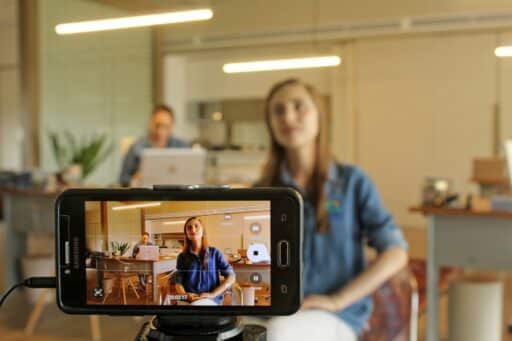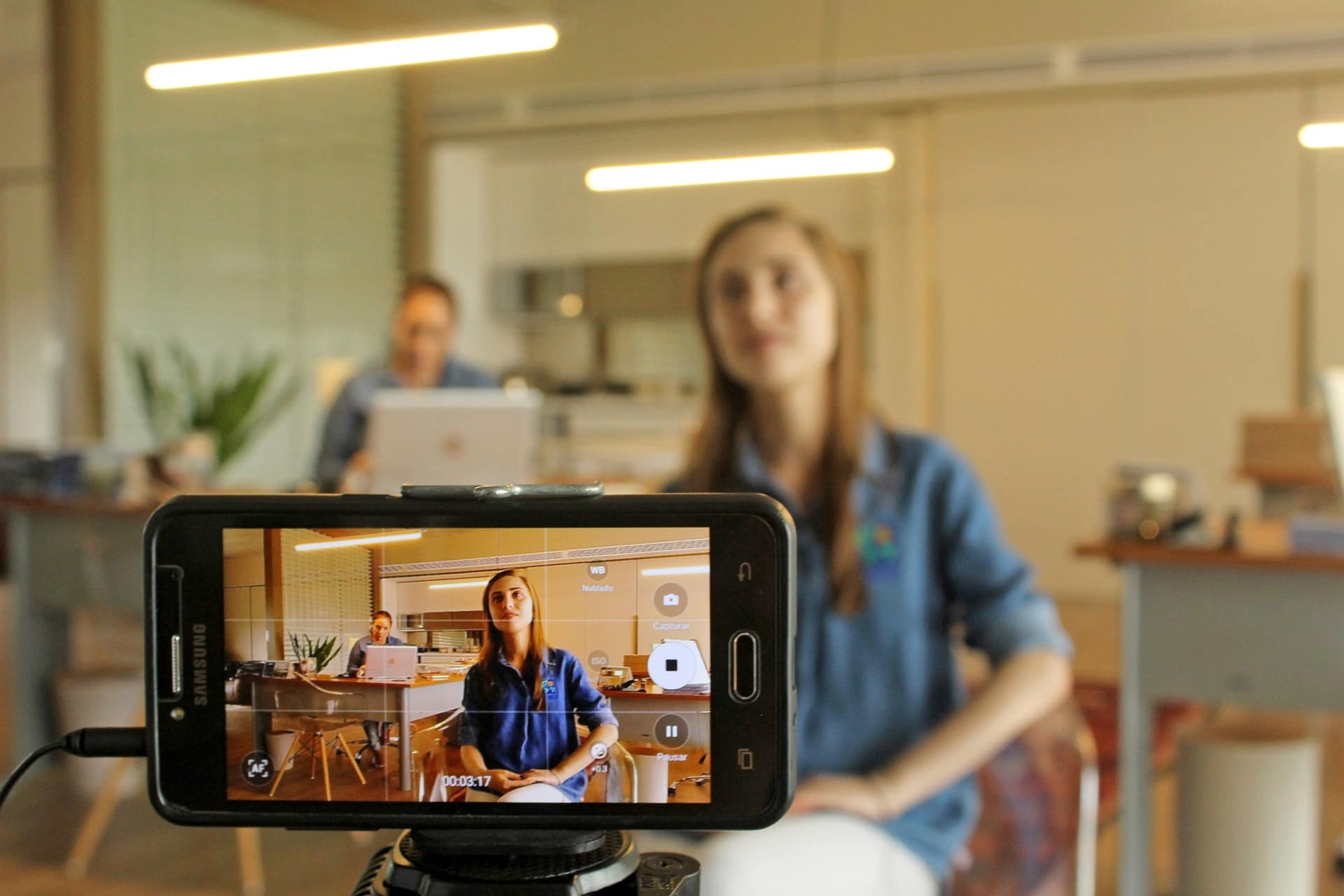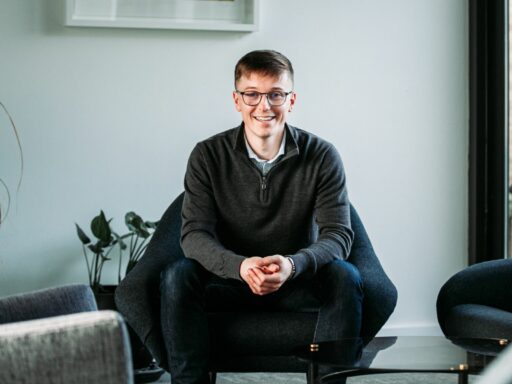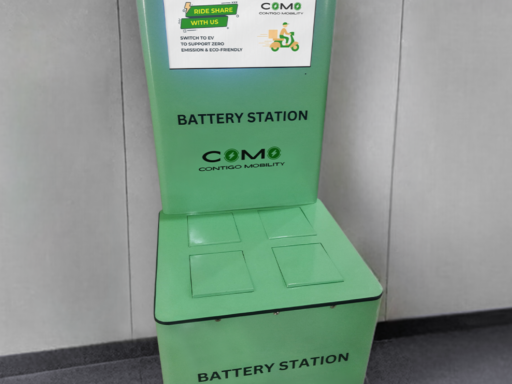For more than 15 years, Nina Payne, better known as ‘The SEO Lady,’ has been an innovator in the world of video SEO.
She is now advocating for businesses to embrace the fast-paced appeal of YouTube Shorts as part of their marketing strategies. Nina believes search engine algorithms, which she describes as similar to an octopus with far-reaching tentacles, have made it vital for brands to present their human side to resonate with consumers.
Nina says: “I’ve identified a problem you didn’t think existed, and that’s your face.
“Hear me out – your face isn’t the problem; it’s the solution. Consumers don’t connect with logos; they connect with people. They want to see and hear the humans behind the brand.”
Personalisation: The Power of the Human Touch
The Evolution of Selling: From AIDA to AIGen
- Media Prospecting: “Hook customers with GIFs, banners, and Shorts.”
- Audience Segmentation: “Focus on key demographics to maximise ROI.”
- Presenting: “Deliver value with engaging longer-form videos.”
- Closing: “Seal the deal with personalised content and direct calls-to-action.”
For those looking to stay ahead, Nina offers a parting piece of advice: “Hire a seasoned expert who understands how to work these algorithms to your advantage.”






